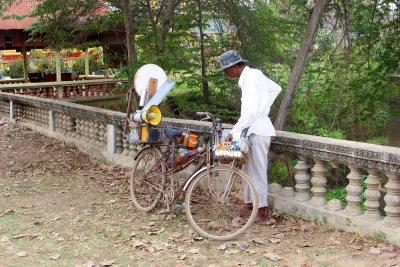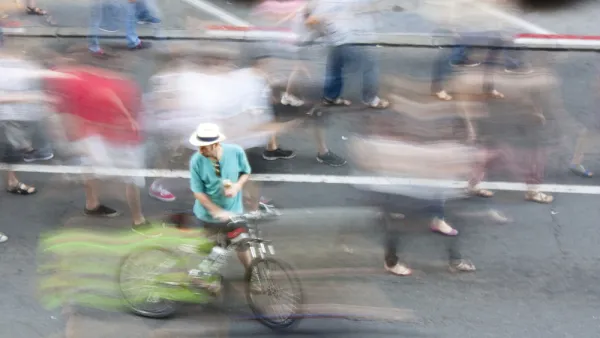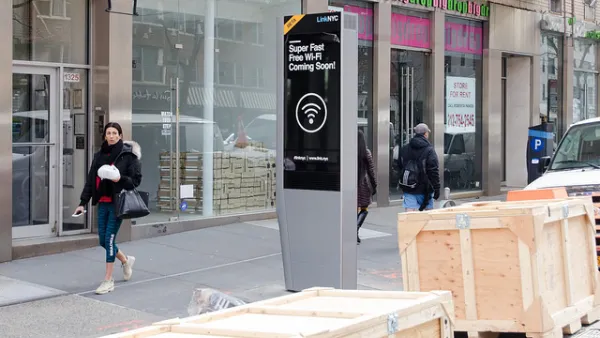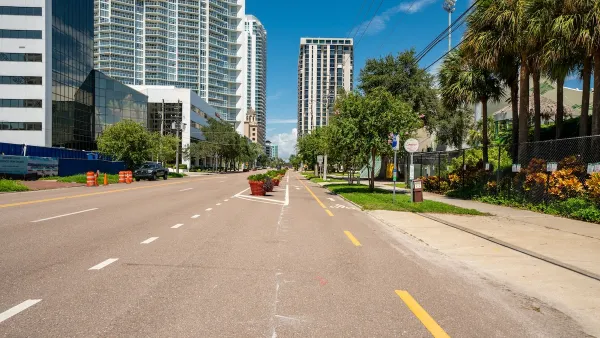The question of whether self-driving cars will make streets and roads a safer place for humans depends on whether technology can protect the most vulnerable users.

Margaret J. Krauss writes: "Proponents of self-driving cars say they'll make the world safer, but autonomous vehicles need to predict what bicyclists are going to do. Now researchers say part of the answer is to have bikes feed information to cars."
Krauss refers to research underway by Waymo, "the self-driving car company that began life in 2009 as a Google project," and shares insight from the millions of miles of self-driving experiments already logged by the team led by Waymo's principal software engineer, National Fairfield. "By tracking a flock of cyclists, Waymo's cars were learning how bikes move through the world," explains Krauss. "But that's not enough." Self-driving cars also need to predict what bikes are going to do next, according to Fairfield.
Krauss also examines the work of Uber's self-driving cars tests in Pittsburgh. Anthony Rowe, an associate engineering professor at Carnegie Mellon University, describes work in that city to outfit bikes with technology that could someday be installed on a smartphone to work in concert with a world of self-driving cars.
FULL STORY: Bikes May Have To Talk To Self-Driving Cars For Safety's Sake

National Parks Layoffs Will Cause Communities to Lose Billions
Thousands of essential park workers were laid off this week, just before the busy spring break season.

Retro-silient?: America’s First “Eco-burb,” The Woodlands Turns 50
A master-planned community north of Houston offers lessons on green infrastructure and resilient design, but falls short of its founder’s lofty affordability and walkability goals.

Delivering for America Plan Will Downgrade Mail Service in at Least 49.5 Percent of Zip Codes
Republican and Democrat lawmakers criticize the plan for its disproportionate negative impact on rural communities.

Test News Post 1
This is a summary

Test News Headline 46
Test for the image on the front page.

Balancing Bombs and Butterflies: How the National Guard Protects a Rare Species
The National Guard at Fort Indiantown Gap uses GIS technology and land management strategies to balance military training with conservation efforts, ensuring the survival of the rare eastern regal fritillary butterfly.
Urban Design for Planners 1: Software Tools
This six-course series explores essential urban design concepts using open source software and equips planners with the tools they need to participate fully in the urban design process.
Planning for Universal Design
Learn the tools for implementing Universal Design in planning regulations.
EMC Planning Group, Inc.
Planetizen
Planetizen
Mpact (formerly Rail~Volution)
Great Falls Development Authority, Inc.
HUDs Office of Policy Development and Research
NYU Wagner Graduate School of Public Service





























